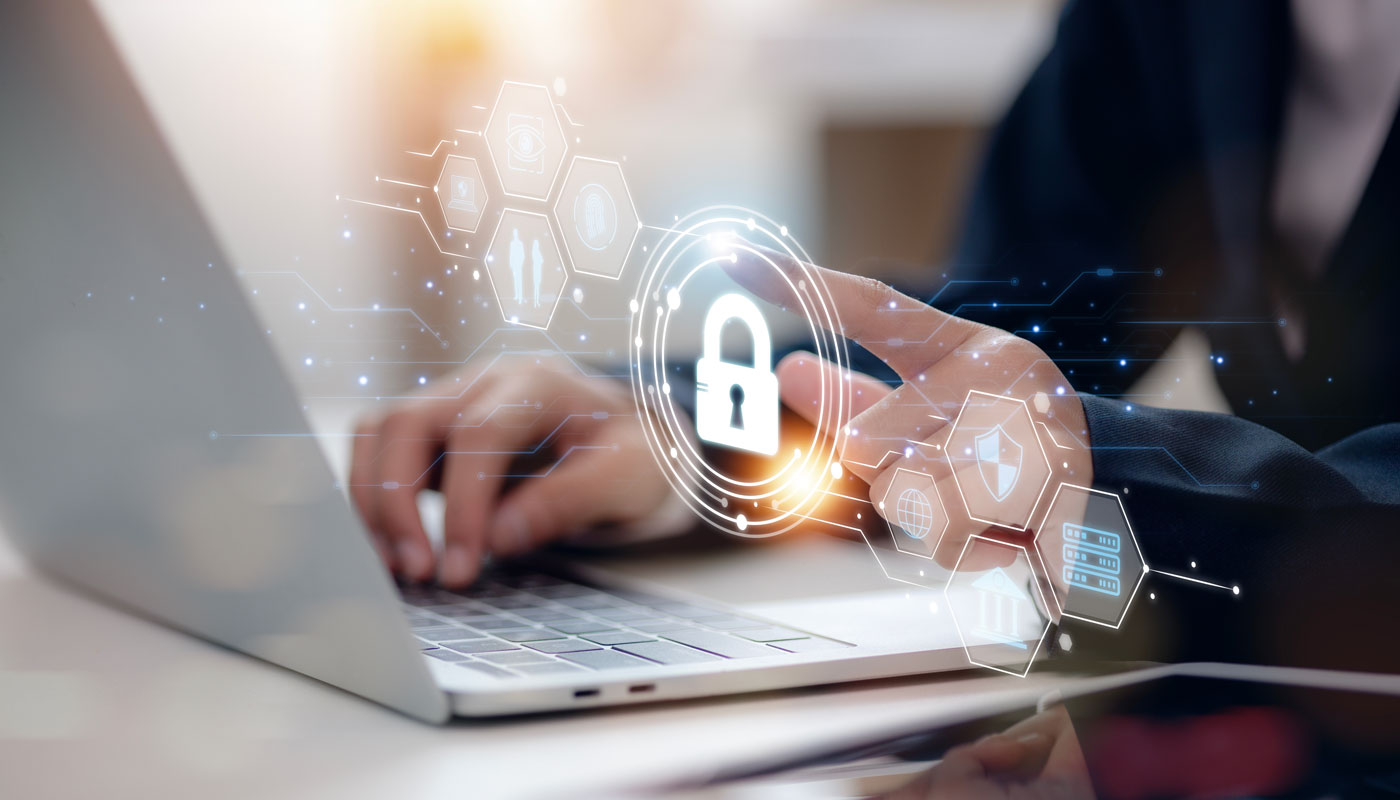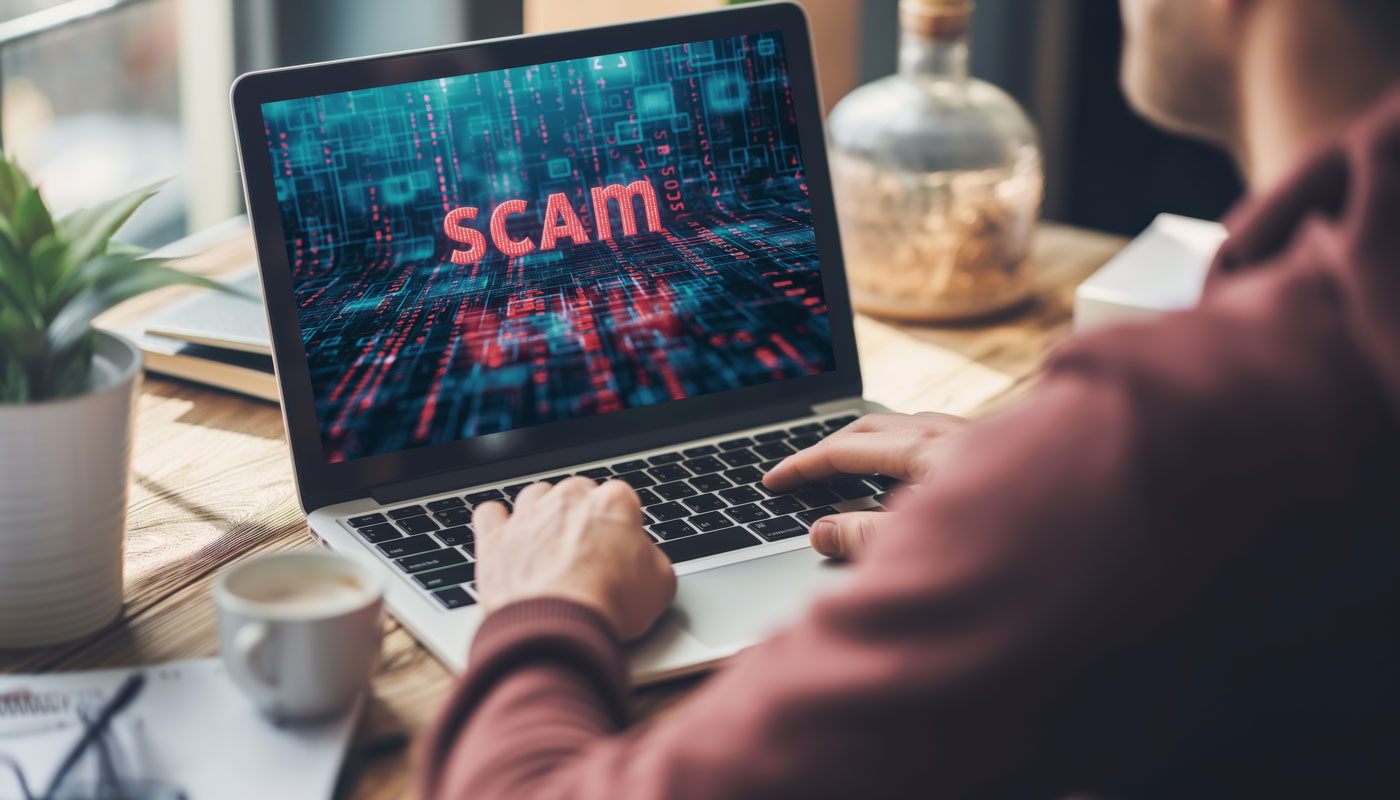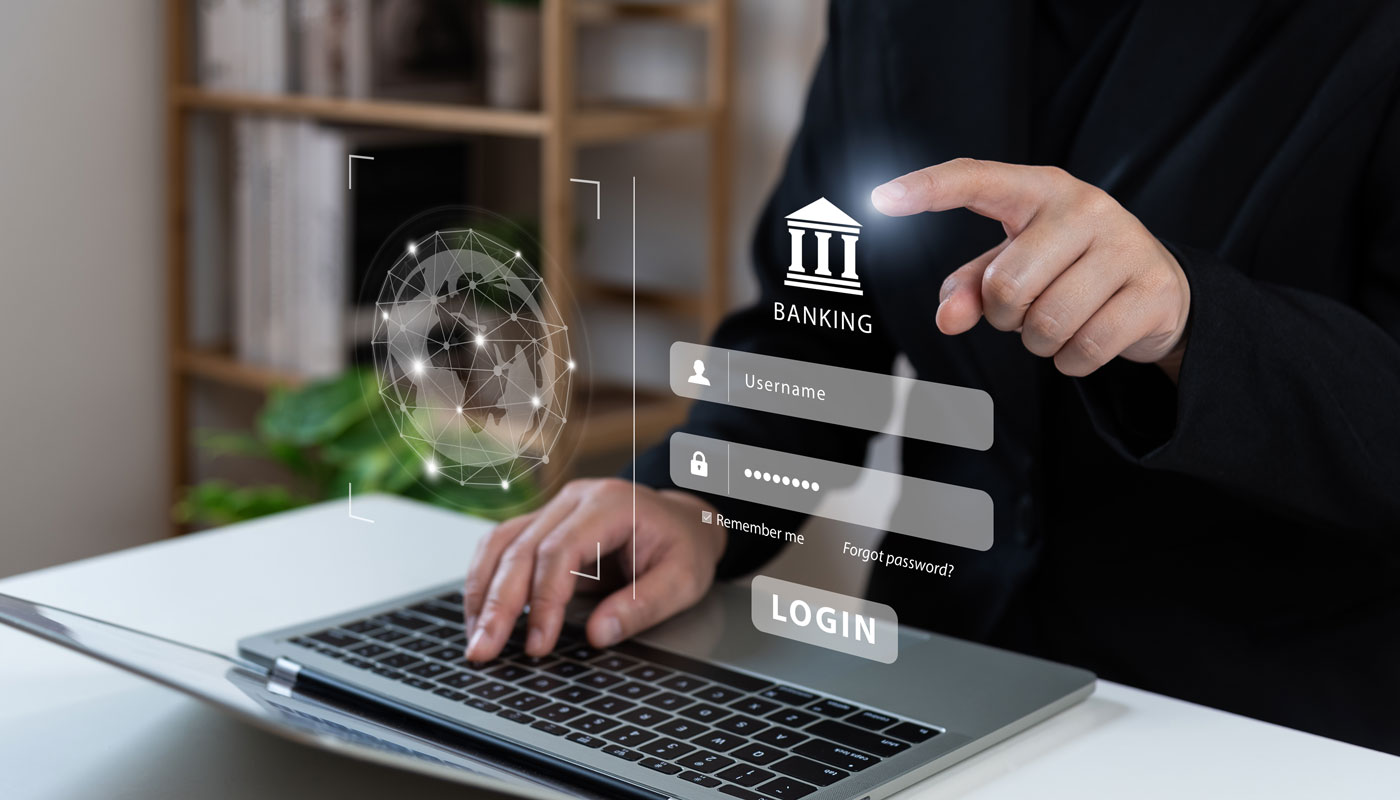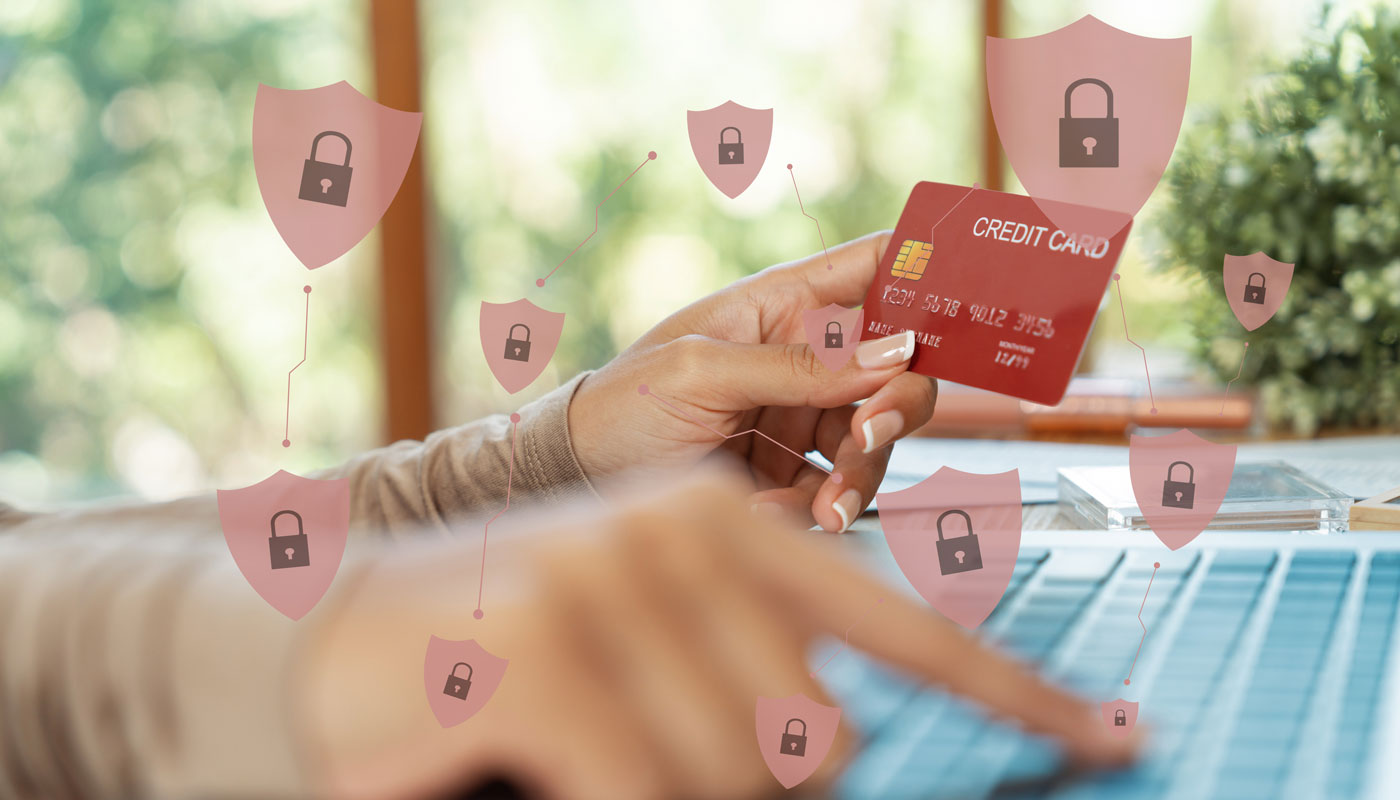Finding Cybersecurity in a Digital World
What you need to know about cybersecurity
 Adobe
Adobe
A problem that’s becoming more common
With each passing year, more and more people fall victim to identity theft and credit card fraud. One of the most common ways is through the tricks criminals use to get people to give them access to personal information on their browsers or the sites they use every day. The best way you can protect yourself against cyberthreats is by familiarizing yourself with some simple security tips to help keep you safe.
Attention AAA Members
Fraudulent emails or SMS text messages branded as AAA are being sent to recipients congratulating them on "winning" or having an "expiring offer for a car emergency kit." AAA did not send these emails, and they could potentially be malicious. Do not open or click any links in these emails or texts, and delete them immediately. Stay safe, and remember, AAA will never ask for sensitive information via unsolicited messages. If you have any concerns, contact us directly.
To protect yourself, be on the lookout for the following characteristics of phishing emails:
- Urgent calls to action: be wary of emails claiming your account is compromised or that you must act immediately.
- Generic greetings: legitimate companies usually address you by name, not with generic greetings like “Dear sir/madam.”
- Mismatched domains: check the sender’s email address for subtle misspellings or different domains (e.g., micros0ft.com instead of microsoft.com).
- Suspicious links and attachments: hover over links to see the actual URL, and never open attachments from unknown senders.
- Poor grammar and spelling: professional companies usually have polished writing and editing.
The following are recommendations from our partner Experian to stay safe in relation to email exposure:
- Sign up for ProtectMyID for identity protection – more important than ever with this risk so close to home.
- Stay alert for phishing emails attempting to get sensitive information from you.
- Review email addresses to ensure they are coming from the source – there may be minor changes that are hard to notice.
- Avoid clicking links in emails from unknown senders.
- Avoid giving personal information, security codes, PIN numbers, or other sensitive information over the phone to someone you do not know.
- Change your email password to make sure it is new and secure.
- Set up two-factor authentication on your email account if possible.
- Update passwords for all other accounts that use that same password and make sure they are unique and complex.
Further steps we recommend for an actual breach:
- Place a fraud alert on your credit file as soon as possible at Experian.com/fraud or by calling 1-888-397-3742.
- Review your credit report from all three bureaus for activity you don’t recognize. Report any unknown activity to the credit bureau directly. You may request a copy of your latest credit report by visiting AnnualCreditReport.com
- Place a freeze on your credit file at all three credit bureaus—Experian®, TransUnion® & Equifax®.
- Monitor your credit card and bank accounts for suspicious transactions and notify the financial institution if you notice anything suspicious.
- Review resources available at the Social Security Administration online at SSA.gov/fraud
 Adobe
Adobe
What’s phishing?
Phishing is when someone pretends to be a trusted source and tricks their victim into clicking a link in a message, email or text that then downloads malicious software known as malware. To deceive you, the cybercriminal may use an email address or a URL that appears authentic but has a changed letter, symbol or number.
Never click on an unsolicited or suspicious link, and always check the email address of the sender. If you suspect your computer has been infected with malware (it’s sluggish, for example, and bombards you with pop-up ads), take it to an IT professional as soon as possible to resolve the problem. Don’t make any purchases or visit password-protected sites until you do.
What are warning signs of identity theft?
- Unfamiliar transactions appearing on your credit card accounts
- Denied credit or loan applications
- Missing mail
- Debt collectors calling you about purchases you didn’t make
 Adobe
Adobe
How to create a more secure password
You may have heard that all your online passwords should be different, and all should be hard to guess. You probably also know to never use your pet’s name, your child’s name or anything else that a fraudster could easily find, like your address, phone number or birthdate.
Here are more password creation strategies, recommended by the National Institute of Standards and Technology:
- Don’t rely on passwords alone to protect anything you value. Turn on multifactor authentication wherever possible.
- Use a phrase with multiple words that you can picture in your head so it’s difficult to guess but easy to remember.
- Protect your most important accounts—such as your bank accounts and primary email account—by giving each a unique passphrase. An online password manager can help.
What’s multifactor authentication?
Also called strong authentication, banking and financial institutions often use this technology to protect sensitive data. It requires two or more methods of authentication from independent sources to verify a user’s identity—typically a password as well as a call, email or text containing a code. The three authentication factors are something you know (such as a password or PIN), something you have (such as an authenticator on a smartphone) and something you are (such as your biometric fingerprint or face).
What’s a VPN?
A virtual private network (VPN) adds a layer of security and privacy to your online activity. It creates an encrypted path for your data and hides your IP address, allowing you to use public Wi-Fi hot spots safely. A VPN extension can protect data in your browser and the privacy of all your devices’ traffic. Most VPNs can be installed and set up in a few minutes, but make sure the VPN you use is from a trusted provider.
 Adobe
Adobe
Protect your credit card online
According to research group Security.org, a typical year sees thieves hack into more than 150,000 U.S.-based credit card accounts, whether in a phishing scam, via a data breach or even by rifling through people’s trash. Here are some ways to protect your credit card information when doing business online:
Make sure you’re dealing with a verified merchant
Before you make a purchase or provide any information, do a quick online search. Check the Better Business Bureau and reviews on social media.
Use a safe, private connection
Just as you should hesitate to join a low-security Wi-Fi network, you should also think twice before using your credit card on one. Keep your devices and Wi-Fi secure by using tools such as a virtual private network (VPN) and multifactor authentication. Before entering your credit card data, look for “https” and the lock symbol at the top of the browser window.
Use a third-party payment system
You can avoid entering your credit card information altogether by paying with a third-party app such as PayPal or Venmo.